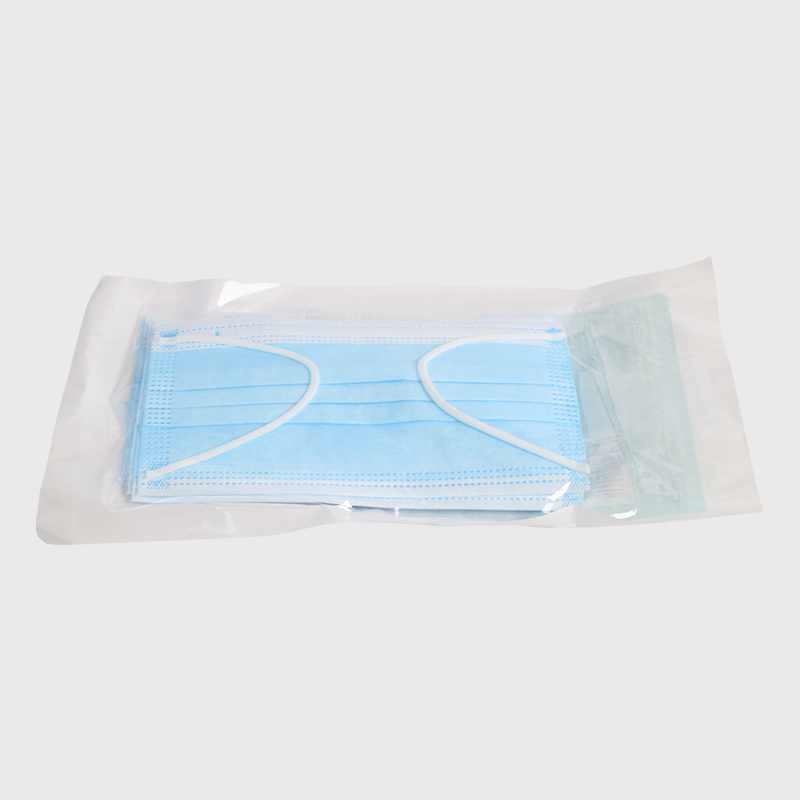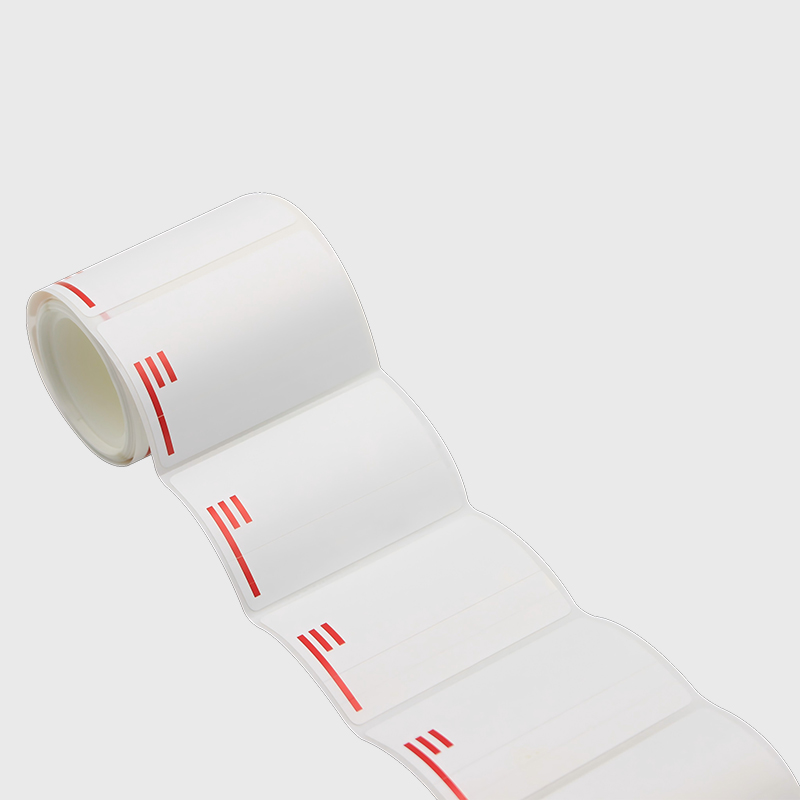How to clean a medical ultrasonic cleaning machine?
Cleaning a medical ultrasonic cleaning machine is a crucial yet often overlooked step. Regular cleaning prevents cross-contamination, maintains cleaning effectiveness, and extends the life of the equipment.
1. Daily Cleaning and Maintenance (After Each Use)
This is the most basic and crucial cleaning procedure, designed to remove contaminants left over from the previous use.
Power Off and Cooling Down:
Turn off the ultrasonic cleaning machine and unplug it.
Wait for the cleaning fluid in the cleaning tank and the machine itself to completely cool to room temperature (especially if the heating function is used).
Draining the Wastewater:
Wearing protective gloves, carefully pour the cleaning fluid (which may contain biological contaminants or chemical reagents) from the tank into a sink or designated waste collection container.
Preliminary Rinse:
Run a large amount of warm running water over the inside and bottom of the cleaning tank to remove most residual particles.
Deep Cleaning:
Prepare the cleaning solution: Fill the cleaning tank with warm water and add a small amount of a mild, neutral detergent (such as dishwashing liquid). Do not use highly corrosive or flammable chemicals (such as bleach, strong acids, strong alkalis, and gasoline), as they can damage the tank, transducer (located below the tank bottom), and the machine exterior.
Starting the Ultrasonic Wave: Close the lid, turn on the ultrasonic function, and run for 3-5 minutes. This process allows the machine to "clean itself," using the cavitation effect to shake off tiny dirt particles adhering to the tank walls and bottom.
Draining and Rinsing: Drain the cleaning solution, then thoroughly rinse the tank several times with warm or deionized water until no detergent residue remains (it feels non-greasy).
Final Drying and Storage:
Thoroughly dry the inside and outside of the cleaning tank with a soft, clean, lint-free cloth (such as a microfiber cloth).
Open the lid and place the machine in a dry, well-ventilated area to allow the moisture inside to evaporate completely to prevent bacterial and scale growth.
2. Regular Deep Cleaning (weekly or monthly, depending on frequency of use)
A deep cleaning is necessary if a hazy film, scale, or stubborn stains are observed on the tank walls. For scale/mineral deposits:
White vinegar solution method: Fill the cleaning tank with warm water and add regular white vinegar (about 5% acetic acid concentration) in a ratio of approximately 1:4 (one part vinegar to four parts water).
Citric acid method: Add a small amount of food-grade citric acid to warm water and dissolve evenly.
Procedure: Enable the ultrasonic heating function (if available) for 5-10 minutes, then let it soak for 30 minutes. The acid effectively dissolves scale deposits such as calcium carbonate. Drain thoroughly and rinse with plenty of water.
For organic contaminants/biofilm:
Enzymatic cleaner: Use a medical-grade enzyme cleaner, diluted with warm water according to the instructions, and then add it to the tank.
Procedure: Enable the ultrasonic function (optional with heating, but do not exceed the enzyme preparation's recommended temperature) for 10-15 minutes. The enzyme breaks down organic residues such as proteins and fats. Be sure to rinse thoroughly afterwards.
Cleaning the Case and Surroundings:
Wipe the machine case, cover, and control panel with a soft cloth dampened with a diluted neutral detergent solution, then wipe clean with a damp cloth. Finally, dry with a dry cloth.
CAUTION: Do not allow water to enter the vents or control panel gaps.
3. Important Precautions and Taboos
Safety First: Always disconnect the power cord from the machine before cleaning.
Prevent Liquid Intrusion: Never immerse the entire machine in water or directly rinse or splash water onto the control panel, power cord, or outlet.
Gentle Cleaning:
Do not use hard cleaning tools such as steel wool, metal brushes, or abrasive powder to scratch the stainless steel tank. Scratches can become a harbor for dirt and bacteria.
Avoid touching the tank bottom with sharp objects to avoid damaging the transducer.
Prompt Cleaning: Do not leave contaminated cleaning fluid inside the machine for extended periods of time, as this can accelerate corrosion and cause difficult-to-remove stains. Follow the instructions: Different models of ultrasonic cleaners may have special requirements, so be sure to refer to the user and maintenance manual that comes with the equipment.



 English
English Español
Español Français
Français












 CONTACT US
CONTACT US